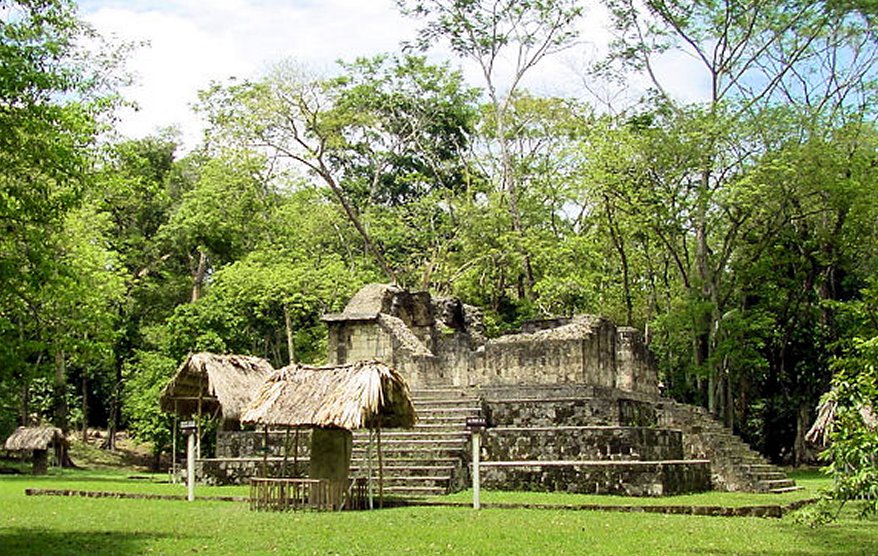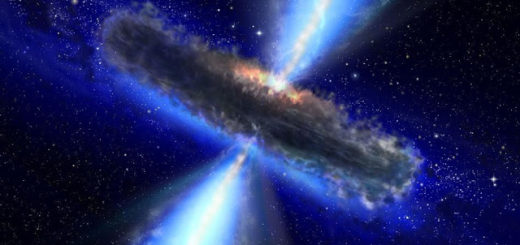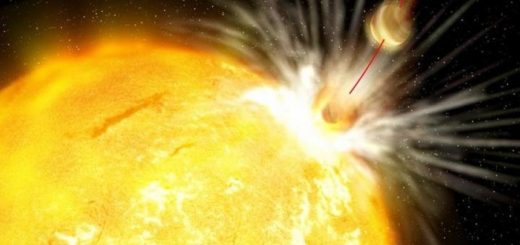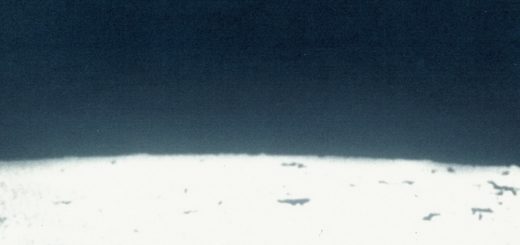New Clues To Maya Collapse Uncovered
Research team working in Ceibal-Petexbatun Archaeological Project and led by Takeshi Inomata of the University of Arizona, have studied both collapses of Maya civilization at Guatemala’s Maya site of Ceibal.

The ancient site was occupied for about 2,000 years, between approximately 1000 BC and 950 AD.
Using more than 154 radiocarbon dates ever obtained from a single Maya site and meticulously studying ceramics from the site, archaeologists have developed precise chronology patterns that may help to shed light on these – still unexplained – collapses.
Both collapses followed similar trajectories, with multiple waves of social instability, warfare and political crises leading to the rapid fall of many city centers, according to Takeshi Inomata and his colleagues.
While the findings may not solve the mystery of why exactly the Maya collapses occurred, they are an important step toward better understanding how they unfolded.
Inomata also added that “radiocarbon dating has been used for a long time, but now we’re getting to an interesting period because it’s getting more and more precise.”
The team presents their results in the Proceedings of the National Academy of Sciences.



 Creators of mankind
Creators of mankind Description of “Tall white aliens”
Description of “Tall white aliens” Where they came from?
Where they came from? About hostile civilizations
About hostile civilizations The war for the Earth
The war for the Earth “Tall white aliens” about eternal life
“Tall white aliens” about eternal life Video: “Nordic aliens”
Video: “Nordic aliens” Aliens
Aliens Alien encounters
Alien encounters The aliens base
The aliens base UFO
UFO Technology UFO
Technology UFO Underground civilization
Underground civilization Ancient alien artifacts
Ancient alien artifacts Military and UFO
Military and UFO Mysteries and hypotheses
Mysteries and hypotheses Scientific facts
Scientific facts


















